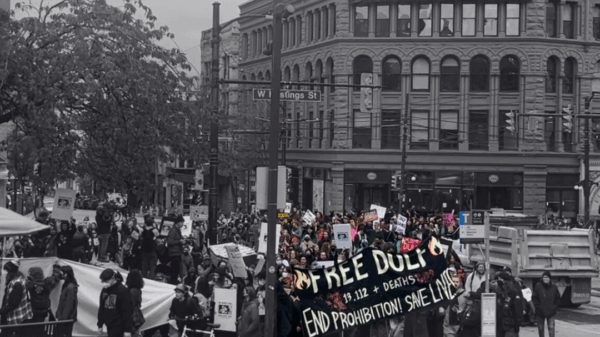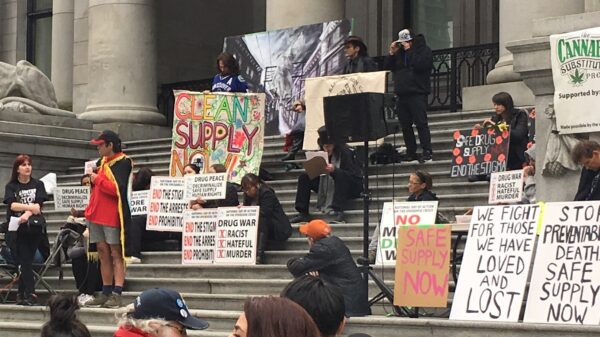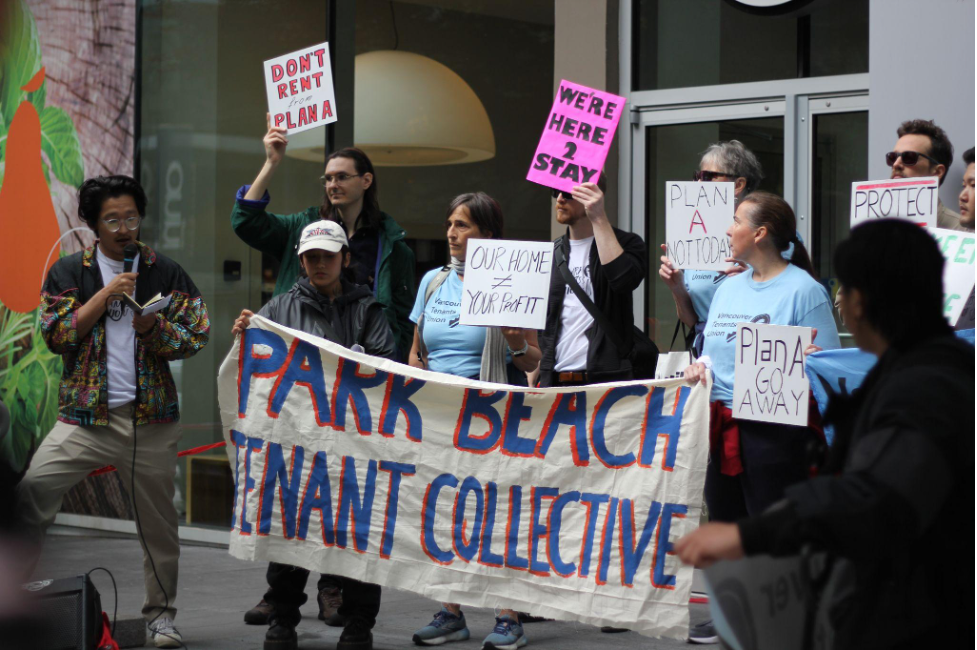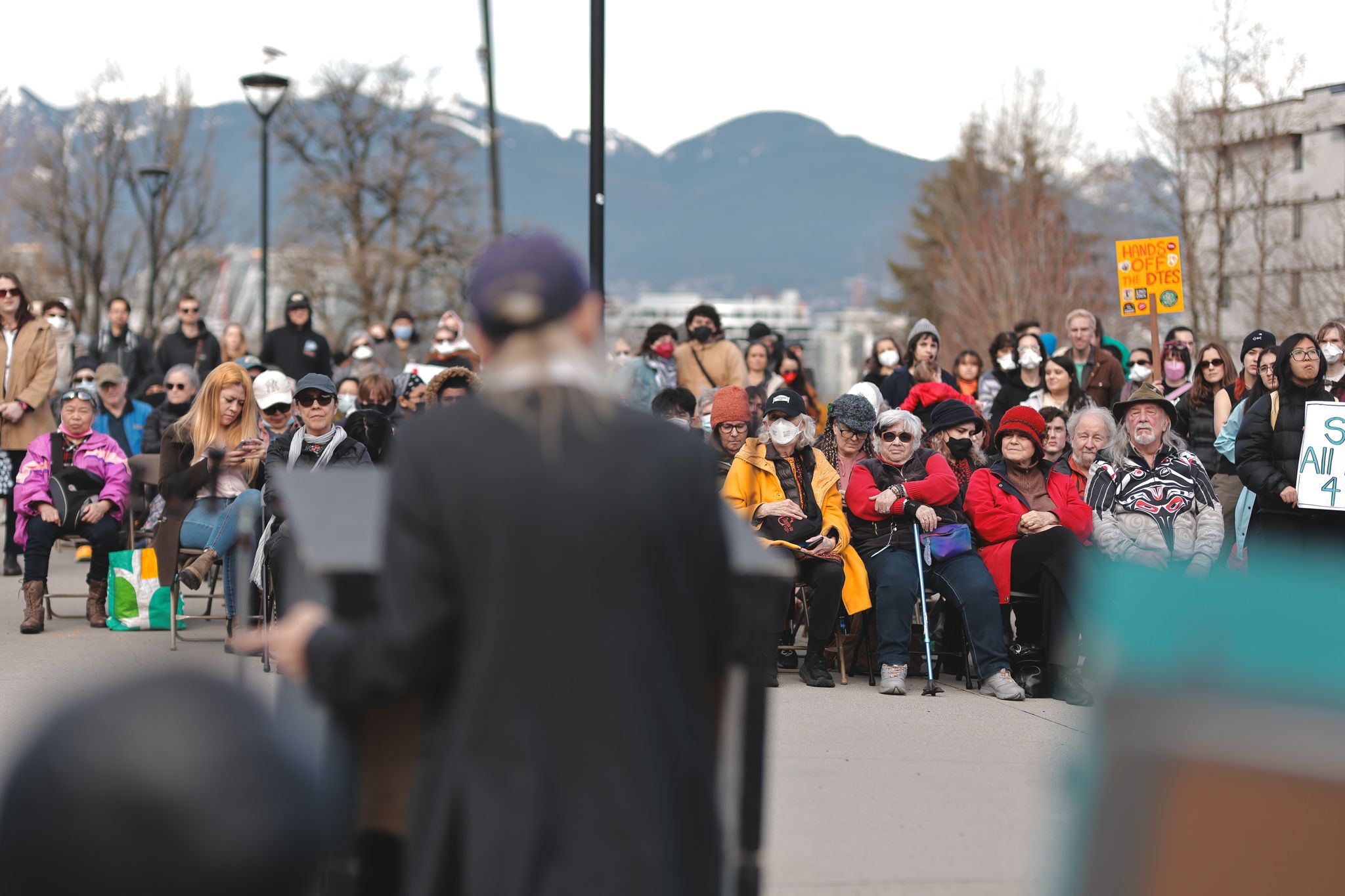Perfect Victims: And the Politics of Appeal, a new book by Mohammed El-Kurd, is a necessary meditation on the tensions of complying with parameters of engagement when those parameters are set by the power relations of settler colonialism and empire. With poetics and precision, Perfect Victims guides us through an evaluation on whether appealing to “empire’s stenographers” is worth the cost.
Perfect Victims is released as Israel, a settler colonial occupation, has been ethnically cleansing and perpetuating genocide against the Palestinian people for more than 17 straight months – part of a violent history of occupation that dates back much farther. As Khatib, McKee and Yusuf write in The Lancet, it will be “difficult but essential” to know how many people have been killed in Gaza by Israel and its enablers. Medical and water production infrastructure have both been targets of Israeli forces, generating wide-ranging health and environmental harms.
Despite this reality, the tragic loss of Palestinian life has been made to seem routine by the gaze of dominant media and cultural discourse. “What was once horrifying…now blends into the terrain; death is now a boring scarecrow,” writes Mohammed El-Kurd on this process of normalization. “Even when the raven grows louder, their croaking falls on disinterested ears.”
This specific form of normalization is layered and is part of a larger project of dehumanization toward Palestinians and other people from the Levant, as well as being one component of racialization and empire more broadly.
A common tactic used to challenge this normalization is to broadcast the humanity of the Palestinian people to the public, particularly in the West. This strategy contains a tension, however, because it can both respond to but also reinforce dehumanization. In the compromises made to access a broader audience, we must always ask who is left out after this process. Reaching the general public often entails temporarily buying into at least some of the sociocultural norms within media platforms that have risen and achieved financial stability within empire.
This risks not only facing dehumanization brought on by an individual media correspondent, but in the case of Palestinian, Arab and other racialized and/or Indigenous Peoples, it often means going against the grain of entrenched myths foundational to the West – both in explicit ways and in ways where these myths have seeped into the machinery of media.
Palestinian people, and to varying degree others who speak against Israel’s genocide, have been continually asked by Western media to first qualify their level of support for Hamas, before being offered space to bring attention to Israel’s process of ethnic cleansing. This means that before discussing the perpetrators and violent impacts of ethnic cleansing, people are asked by dominant media institutions to make themselves into the perfect victims by first denouncing one form of Palestinian resistance to mass death and violence.
Dehumanization has been instrumental to the project of empire around the world. When combined with settler indifference, dehumanization “sustains colonial violence and control,” writes Michaela McGuire (Jaad Gudgihljiwah). Recent, dominant western media portrayals of Gaza present a clear example of that.
Dehumanization and subhumanization are also used as a justification of everyday violence toward Indigenous and other people enduring racialization under imperialism and settler colonization in other regions. The lessons and questions in Perfect Victims are centered on Gaza, but can be read to better understand the tools of dehumanization in other regions.
When Indigenous, Black and/or other racialized people are killed by settler-state law enforcement across North America, for example, justifications are quickly produced by the police and reproduced by media correspondents. When families, friends, survivors and others who speak against police killings are interviewed on their perspectives within these (often absurd) framings, the most significant problem – that the police killed someone – can be lost in the sea. And the sea is made up of having to answer for smears created by publicly funded law enforcement organizations.
This history is so entrenched that police forces across North America do not always need to expend extraordinary effort to construct justification and dehumanize victims of their violent practices. When an Indigenous child was shot and killed by Canadian police in November 2024, the police stated the child had an “edged weapon” as a rationale. The so-called police accountability body immediately and publicly reported that the five foot tall child was alleged to be “high, agitated and armed.”
None of these things justify killings. And yet, these framings also obscure accountability by treating patterns of violence as discrete and extreme events, rather than as a symptom and trend generated by the status quo arrangement of power. Yet giving weight to information from ‘both sides,’ regardless of their merit, is too often conflated with objectivity by journalists. This can be true even when power dynamics are unbalanced or there are vested interests to be considered. This shifts the burden onto those impacted and those calling for justice to additionally explain away claims made by those who generated the violence in the first place.
These claims are often undergirded by racism and settler colonial sentiment.
After Ferguson police officer Darren Wilson shot and killed 18-year-old Michael Brown in 2014, Wilson infamously recounted that he “just felt the immense power that [Brown] had,” and compared himself to a five-year-old trying to hold down Hulk Hogan (Brown and Wilson were the same height). Wilson would tell the court the “only way” to describe the teenager’s face is that “it looks like a demon,” invoking racist tropes.
When 18-year-old Sammy Yatim was killed by Toronto Police officer James Forcillo, Forcillo similarly implied a super strength, describing uncertainty that nine gunshots would stop Yatim from walking toward him.
This weaponization against humanity has and is likewise used to justify forms of domination that does not meet the threshold of killing across the colonized world, ranging from the historical kursi nashins (certificates needed for people from the Indian subcontinent to sit near British Raj politicians) to forms of exclusion that have been made to seem more ‘natural’ today, from displacement of people relying on public space, to the criminalization of poverty across North America.
El-Kurd writes that Perfect Victims is not a manifesto, nor a piece of criticism, but instead a contemporary re-assessment of the strategies and tactics of respectability politics. I would add that the book is not only for those directly involved in political strategy, but anyone who wants to develop their media literacy to better understand why and how framings of dehumanization are so persistent.
Perfect Victims comes out at a time when absurdist political framings are employed en masse by those who benefit from the status quo to obscure causes of violence, and to justify increased militarization, extraction, exclusion and carcerality. (As the American government signals demands for increased border militarization from Canada and Mexico by citing fentanyl, we’re caught arguing about the amount of fentanyl, even though expanded border securitization and drug prohibition are harmful and dangerous ideas regardless).
Perfect Victims is not prescriptive. It reminds us to stay focused on our actual challenges, to reflect, and to consider alternative ways of storytelling both in method and platform, including in developing our own platforms. It asks us to consider the value of irreverence in the face of the civility desired by the stenographers of empire.
After all, if we compromise in our attempt to be seen as human, who are we leaving behind to be considered something less valuable?















